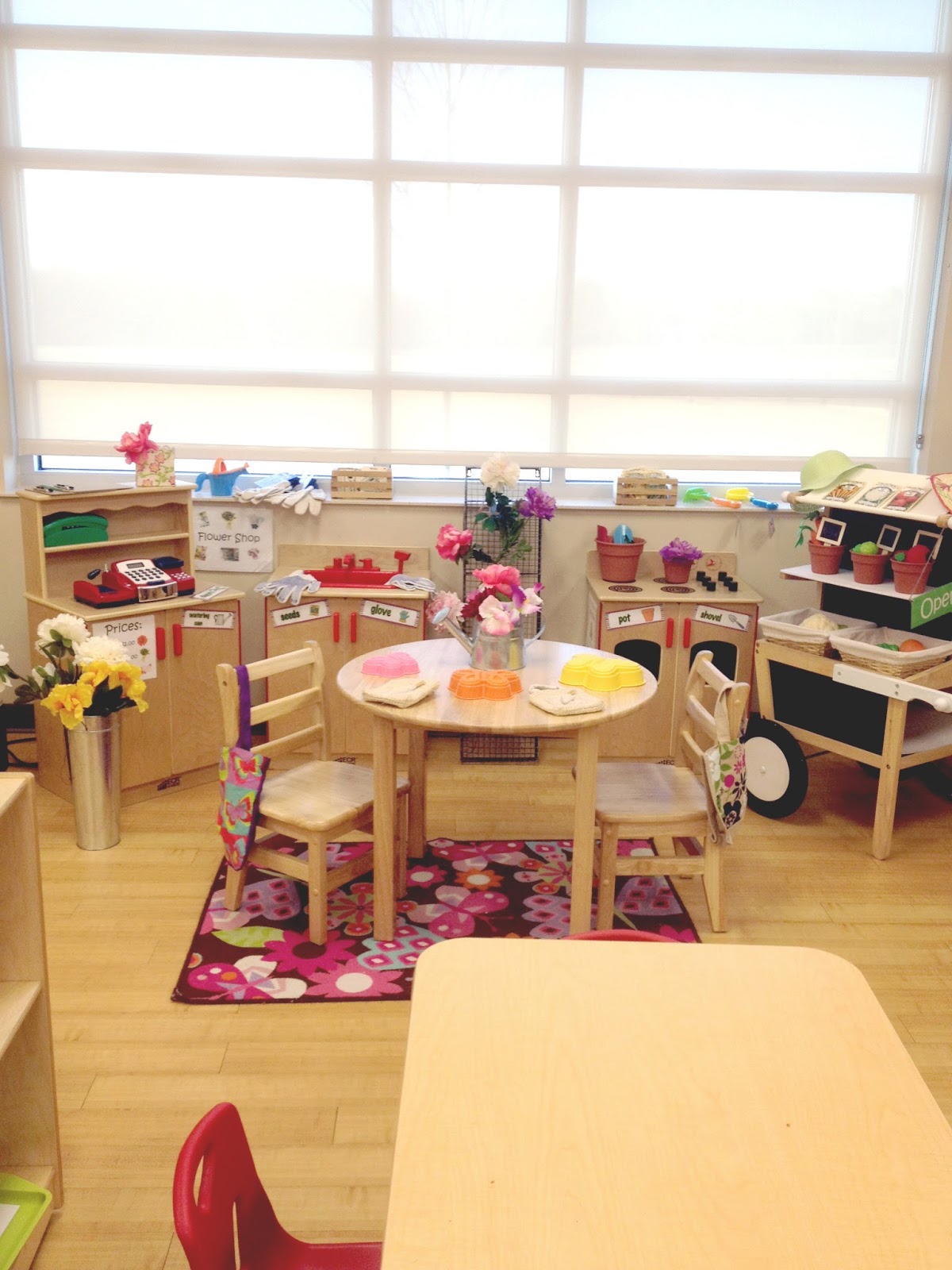 |
| We started this project during our construction study in the Spring. We received a tub of all these wooden shapes at the beginning of the year with our teaching manipulatives and I really didn't know what these shapes were for. We kept baskets of them in our blocks area and some in discovery center during our construction study. Pretty soon students were rolling them, stacking, and seeing how high they could build. I found the idea for this project from PlayfullyLearning.blogspot.com ....And thus began our wooden sculptures project! Here is a bit of an outline of our project: Day 1: We set out baskets around the classroom floor filled with these wood shapes and invited students to continue exploring and experimenting. They started making their own individual creations and then invited them to draw what they had made. We had talked in earlier discussions about what a scientific drawing is..."drawing what you see." (Later this led us into a discussion about perspective drawing...I love that I get to talk about art and introduce these new concepts with PRE-K!) Through observing and asking questions to groups exploring their shapes, we were able to have conversations about size seriation, balance, and weight! I saved their drawings and their wood shapes went back into baskets. Day 2: Students were given back their drawings and now the drawing was used as a "plan." We talked A LOT about using a plan for ideas all throughout this year. Students used their drawing/plan to re-find their pieces and follow steps to put their sculptures back together....the fun part! Most students stuck to their original plans and a few replaced certain pieces with other pieces...and that was totally fine! ..it was THEIR design! During this segment, students were asked questions about the sequence of their design. What must happen first? Then, when students felt like their sculptures were finished they glued the pieces together with Elmer's glue. (Playfully Learning suggested using a paintbrush and glue..which worked well.) I also had bought flat (different sized shaped) wooded bases at Hobby Lobby for their projects. Which was interesting to see which base they chose that would fit their sculpture. Day 3: Students used watercolors to paint their sculptures. Day 4: Students created another scientific drawing..this time adding in color! Day 5: Students (who volunteered, and all wanted to) shared to the class about their sculptures. Their end products were AMAZING.. all unique and different. They expressed to the class how they came up with their ideas, what inspired them, and what it represented to them. Although the end products were great, the overall learning experiences were fantastic! I love open ended projects, full of choices, that allow creativity! By asking students open ended questions when they are creating..you will be blown away by their thought processes! |
 |
| This student connected two bases to fit her design. She said, "First you press the button, then the little man hops on all the trampolines to get to end!" |





















.JPG)
.JPG)
.JPG)



.JPG)
.JPG)
